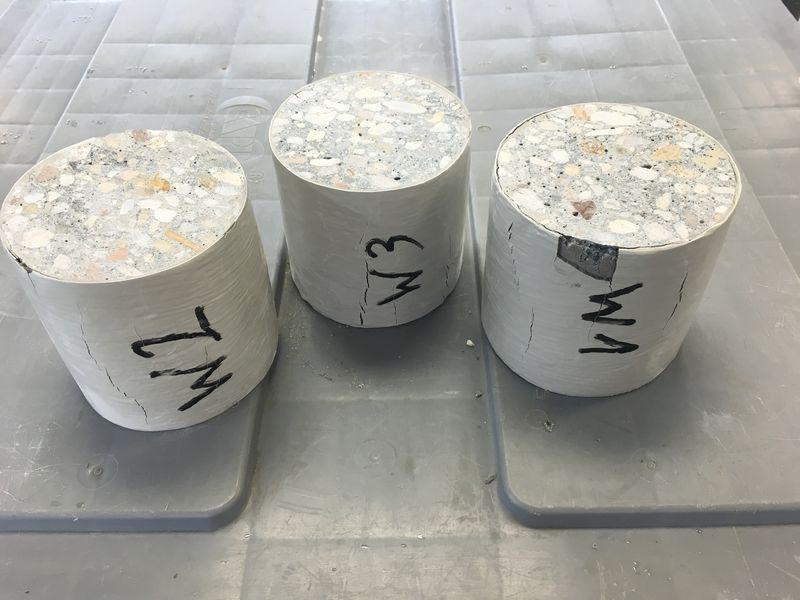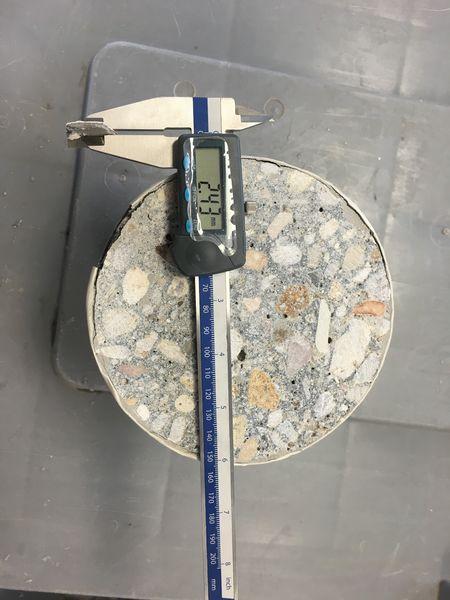Building diagnostics and structural strengthening

We carry out diagnostics of building construction elements to determine the load-bearing capacity by means of destructive or non-destructive testing. We also deal with pressure injections as a structure repair system. Depending on construction element, type and cause of damage and the final effect expectation, we use the resins technology: epoxy, polyurethane and hydrostructural.
Taking a material sample from an existing structure is in some cases very limited or even impossible. In such cases we can perform non-invasive strength assessment as non-destructive sclerometric tests. The Schmidt Hammer, also called a concreteoscope or hardness tester, can determinate the strength according to PN-EN 12504-2. Performing this test, although seems uncomplicated, requires accuracy and scrupulous compliance, as well as professional knowledge to interpret the results. Our appropriate trained engineers are able to professionally approach their tasks.
To assess the existing structures condition, in addition to non-destructive testing, sometimes it is necessary to carry out drills or to review open casts. To obtain information of the layers thickness and arrangement, as well as the properties of embedded materials, such as strength, water absorption or frost resistance of individual elements we perform core drilling. We can also specify the concrete class. In a significant number of cases the number of destructive tests can be reduce to a minimum by performing sclerometric tests and correlating measurement results. However, in some cases the implementation of the above research is necessary. (PN-EN 12504-1).
To test material tensile strength and layer adhesion, we offer you a Pull-off test according to PN-EN 1542. Appropriate knowledge and training are necessary for obtaining the correct results. We know how to choose the right measurement place and professionally perform the task, including proper incision of the place for the tear-off material. We also pay attention to uniformly linear or close to such an increase in strength. The measurement result is expressed in MPa, and the appropriate interpretation of this result allows us to determine the concrete's tensile strength.

We use a CM (Carbid Mess) hygrometer to measure the humidity of the foundation/ surface. This study is necessary, among others before installing the floor. To perform such test, a sufficient amount of material should be taken from a part of the floor, and then mixed with carbide in the device. A chemical reaction occurs causing the pressure to increase indicates the result of the level of humidity in the sample being tested. Apparently this simple task requires precision and professional knowledge in order to properly select the material, its quantity and place of collection as well as an interpretation of the result.
To seal reinforced concrete tanks we can use a pressure injection. Such method is used for drinking water tanks repair as well as sewage treatment plants, foundations, buildings, walls, floors, etc. It involves filling empty spaces or scratches with specially designed resins. It based on the principle of "injections" pressed under pressure into the repaired item.
The pressure injections can also be applied for horizontal or vertical protective barriers (insulation), preventing water from its pressure or capillary pulling. This method is most relevant in the basement and applicable from the inside. Such insulation is carried out when it is not possible to reveal and secure foundation walls from the outside. Resin protection by means of pressure injection gives very high efficiency and durability of the protective barrier against water pressure. This solution also increases the resistance to corrosion caused by an aggressive environment. In addition, resins help to glue precisely and firmly and prevent further damage, e.g., cracked walls, corners, as well as other elements that need strong and durable consolidation.



